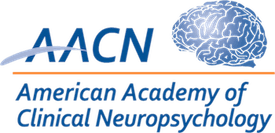Learning Objectives:
- Discuss the prevalence and nature of executive dysfunction in children and adolescents with epilepsy.
- Discuss the cognitive demands of estimation tasks and the nature of cognitive estimation deficits in children and adolescents with epilepsy.
MacAllister, W.S., Vasserman, M., Coulehan, K., Hall, A.F., Bender, H.A. (2016). Cognitive estimations as a measure of executive dysfunction in childhood epilepsy. Child Neuropsychology, 22, 65-80.
